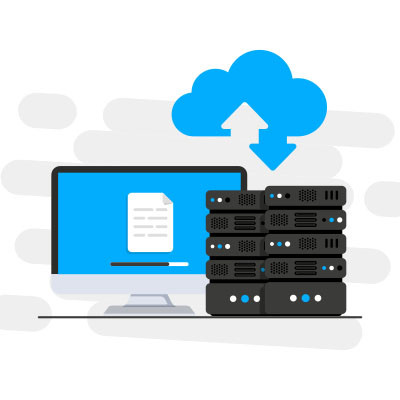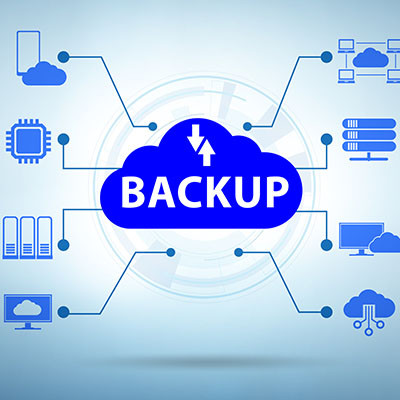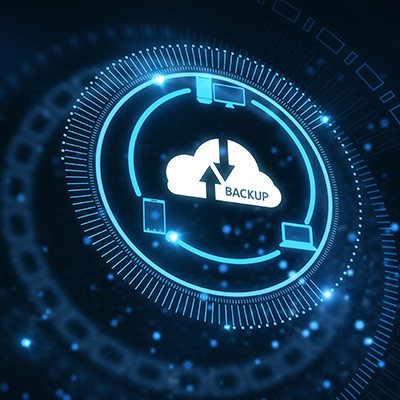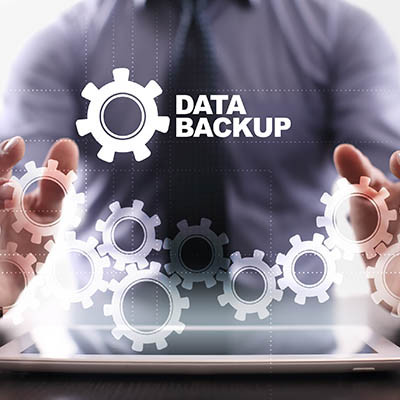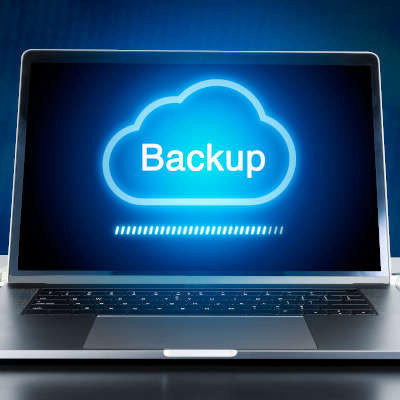There you are, working on the most important project of your career. You’ve worked through the initial problems and are making progress, and then your computer crashes. Panic sets in. You reboot, hoping that will fix the problem. It doesn’t. This is the nightmare scenario that haunts businesses and individuals alike. If you don’t have a solid backup plan, you’re one spilled coffee or rogue virus away from disaster.
The Connection, Inc Blog
Business can get messy, particularly when variables outside your control are involved, which could spell doom for your organization. We’re talking, of course, about instances where your organization might be under a particularly large threat—instances where your data is at risk, which could jeopardize your future. Thankfully, there are options to mitigate this risk.
Backup and Disaster Recovery (BDR) are incredibly important elements of any successful business, as without them, you’re just one disaster away from a world-shattering wake-up call. We take a strategic approach to data backup and disaster recovery that considers your daily data backup needs while recognizing its long-term benefits. Let’s discuss how you can ensure that your business can use BDR to survive any potential threat the world throws at it.
World Backup Day, observed on March 31st annually, serves as a designated occasion to underscore the critical importance of regular data backups for ensuring data continuity. Although this day effectively highlights a fundamental best practice, we firmly advocate for a continuous commitment to maintaining and safeguarding backups rather than confining such awareness to a single day.
Data Backup and Disaster Recovery are essential components of any modern business. As businesses become increasingly reliant on digital data, it's essential to have strategies in place to ensure that your data is safe and secure in the event of a disaster. Let’s cover the key components of an effective Disaster Recovery strategy to ensure the safety of your business' data backup. Read on to learn more about Disaster Recovery strategies and how to best protect your business data.
The modern business technology market is filled with exciting innovations, but one area that doesn't quite capture the imagination is data backup. Perhaps backup is not the most thrilling topic, but nevertheless, the growing demand for enhanced data security and redundancy in businesses is driving developers to push the boundaries of the technology, creating more advanced features to meet the growing demand for redundancy. Today, we take a look at three intriguing features of these emerging data backup solutions.
Data is the lifeblood of a business. In the event of unforeseen circumstances such as hardware failure, malware attacks, or human error, having a well-designed backup and data recovery strategy in place becomes paramount. Today, we try and guide you through the process of creating a robust backup and data recovery strategy, ensuring the safety and accessibility of your data.
Multi-factor authentication is great when it works, but when it doesn’t, it can leave you in a pretty difficult situation. After all, what happens when all of a sudden, you cannot access your secondary authentication methods? We’re here to help you bypass this particularly challenging and frustrating scenario.
Running a business is stressful, but so is thinking about a future where that business (and its data) no longer exists. If you’re not careful with your preparedness, you could stare down a disaster with no hopes of recovery. This is why we urge you to take proactive action now—so you can prevent these kinds of scenarios from taking your business off the market for good.
It doesn’t take a rocket scientist to understand that a lot can go wrong with business just about every day. If something were to go horribly wrong and you lost access to your data infrastructure, what would you do? Let’s take a look at some of these disaster scenarios and how much data backup and disaster recovery can make a difference for your organization.
When we are talking about the continuity of your business, we typically use the colloquialism “disaster” for just about anything that could put the brakes on your business’ ability to do business. But what happens when that “disaster” is an actual disaster and threatens to derail your business completely? Today, we take a look at some disaster preparedness tips that can quite literally save your business from ruin.
All businesses store and transmit data on a regular basis. From financial spreadsheets to client information to employee records, there is no shortage of data required by most organizations to maintain operations. What would you do if all that data were to suddenly vanish into thin air, or worse, be stolen by hackers?
I hope I don’t have to tell you how important your business’ data is to its continued survival, just as I hope I don’t need to explain why this makes this data a priority to protect, regardless of your business’ size. What I do want to explain is the concept of the 3-2-1 Rule and how it pertains to your data backup, and why we would recommend that one for your business’ purposes.
Data is the backbone of any modern business. Since your organization relies so much on it, you need to have measures put into place to ensure that your business can access it in some way, shape or form at all times. This is easier said than done, especially for a business on a budget. We’ll walk you through how you can implement a comprehensive data backup solution to protect your organization.
It doesn’t take a lot of consideration to know that your business is extremely limited without its data. There are dozens of antivirus solutions on the market for this very reason. One of the best ways to protect your digital assets is to back up data using a reliable backup platform. In today’s blog, we’ll go over a few basic considerations to make if you want a data backup that you can trust.
There are a lot of different ways that companies and organizations approach data backup, ranging from backing up everything to backing up literally nothing (which we do not recommend). In many ways, backup is simply a form of insurance—the difference being that you’re investing in a solution to a problem, rather than a means to cover your business’ damages.
Data backup. It’s something that all businesses need, but not all businesses know how to approach the implementation of it. This is largely due to the tendency to underestimate how disastrous data loss scenarios can be for their business. You know how it goes; it’s impossible, until it happens. Thankfully, you can significantly reduce the damage done by data loss incidents with a little bit of preventative, proactive thought and a comprehensive backup system.
Nobody ever wants to admit that their business has a problem with security. Unfortunately, as the one responsible for the future of your organization, you have to consider all possible outcomes of any potential data loss incident. Furthermore, many of these incidents are beyond your control. Thankfully, you can soothe the pain of a data loss disaster by thinking ahead and planning for the worst.


